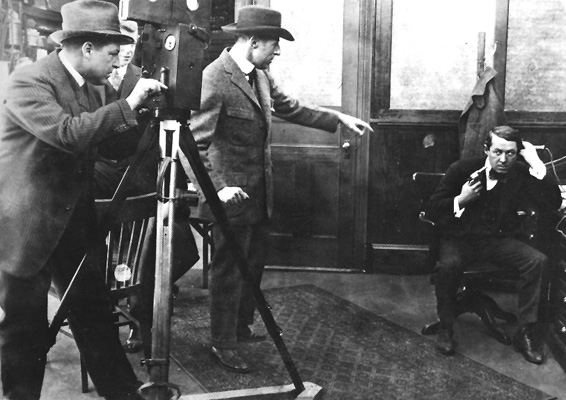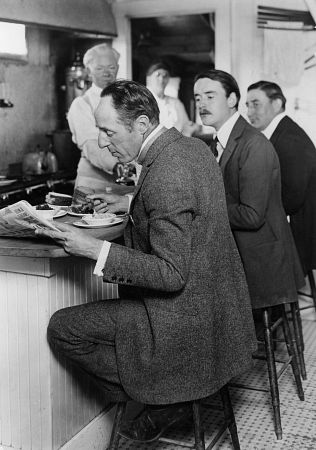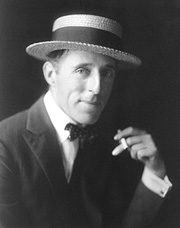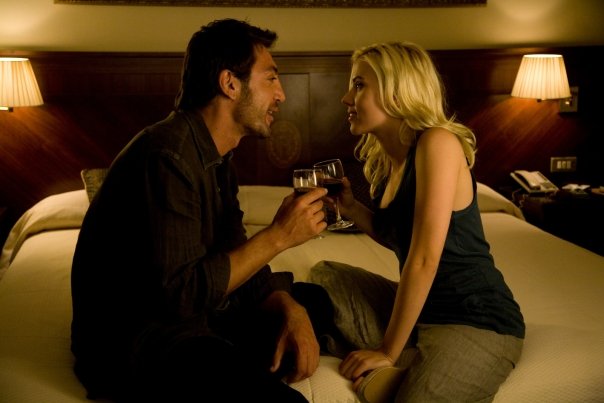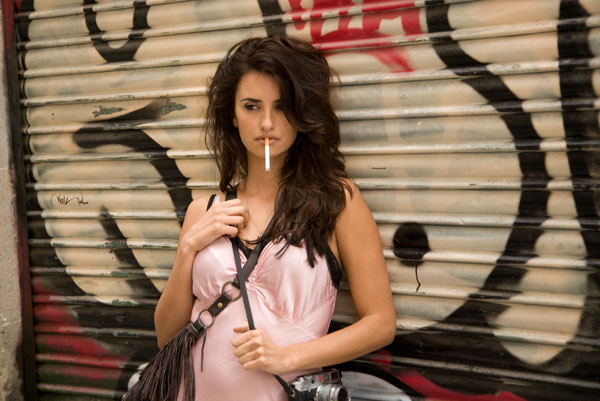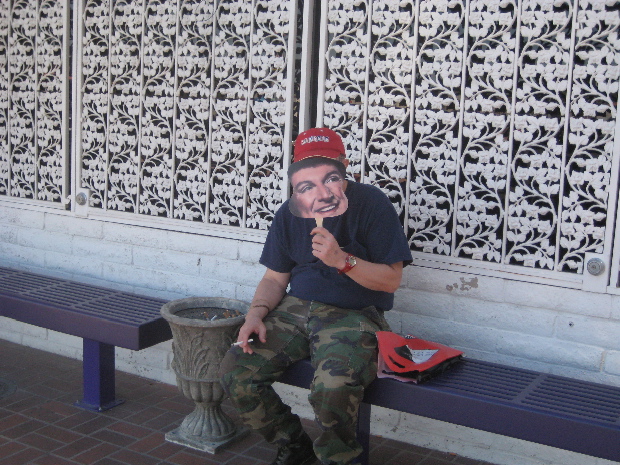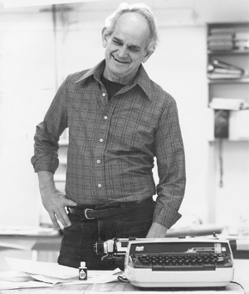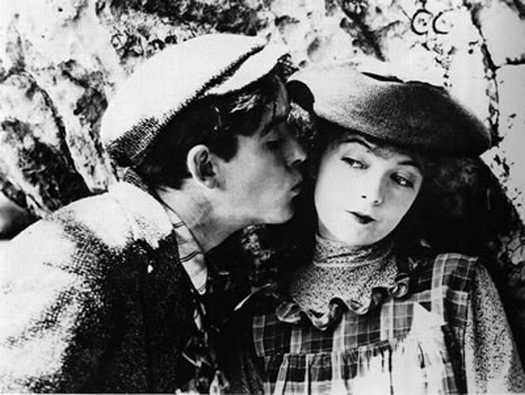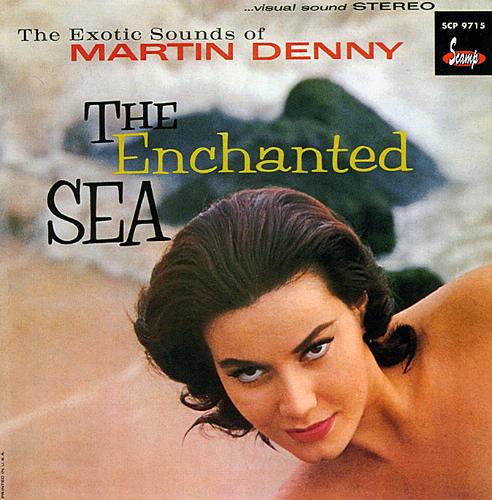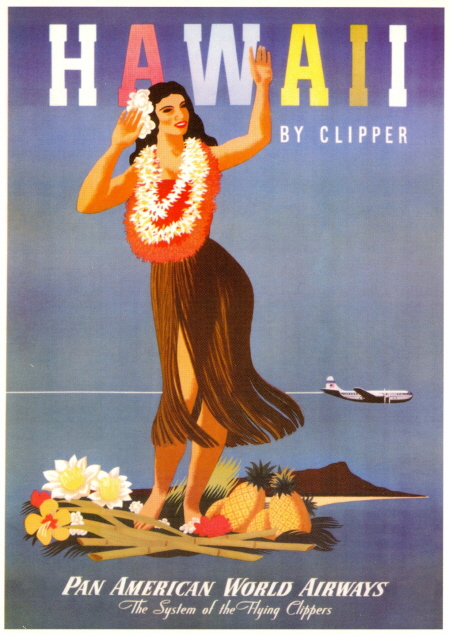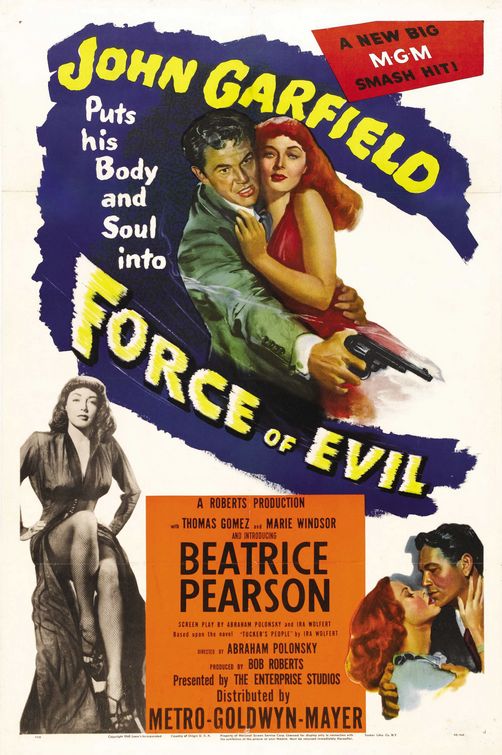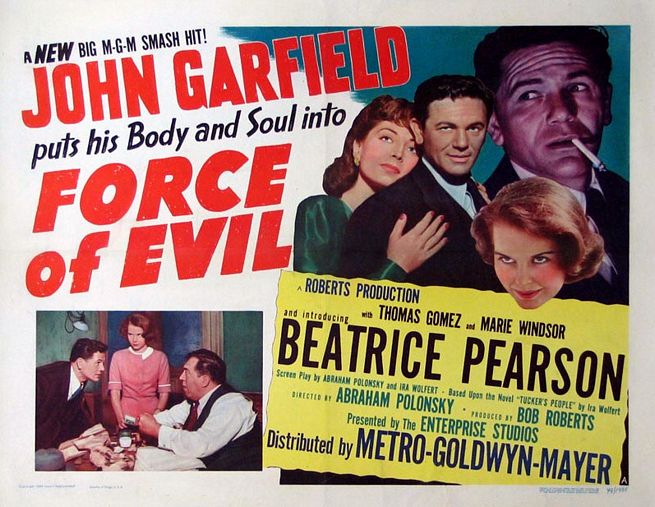
My sister and I took her kids to see the Grand Canyon last week — their first visit to the National Park.
The park started its life as a National Monument because Teddy Roosevelt, frustrated by his inability to get Congress to preserve the canyon as a National Park, realized that he had the power to declare a site a National Monument by executive fiat. The power was meant to apply to buildings of historic interest but Teddy simply called the Grand Canyon a monument and ordered it protected. That was in 1908, the year D. W. Griffith started making movies. In 1919 it finally achieved full National Park status.

Teddy said it was “the one great sight which every American should see.” His wishes have been amended in the 21st Century to apply only to non-smoking Americans — smokers are not welcome at the Grand Canyon. No accommodation is made for them, apart from a few cigarette receptacles located in inconvenient places, far from all restaurants, lodges, cabins and even park benches.
Teddy, who enjoyed an occasional cigar, would not have been allowed to light up in the Rough Riders Bar at the Grand Canyon Lodge, or even on the porch outside the bar. The place really needs a new name — like the Soft Riders Bar.
In 1877, Rutherford Hayes became the first Chief Executive to ban
all forms of smoking in the White House during his tenure there. Curiously enough, he
insisted on sitting in the smoking car when traveling by train, saying he enjoyed the stimulating conversation of smokers. This will give you a pretty good idea of the sort of conversation you can expect to find in the Soft Riders Bar.

We visited the North Rim of the canyon, which has fewer but more spectacular points of interest, and far fewer tourists, than the more developed South Rim. Its higher elevation also makes it more comfortable in the summer than the South Rim, though it's closed during the winter months because of snow, which makes the road leading to it impassable.
It was awesome, even though my share in the ownership of the park, as a tax-paying American, has been unceremoniously canceled. I visited it as a tourist from another country — Teddy's country.

